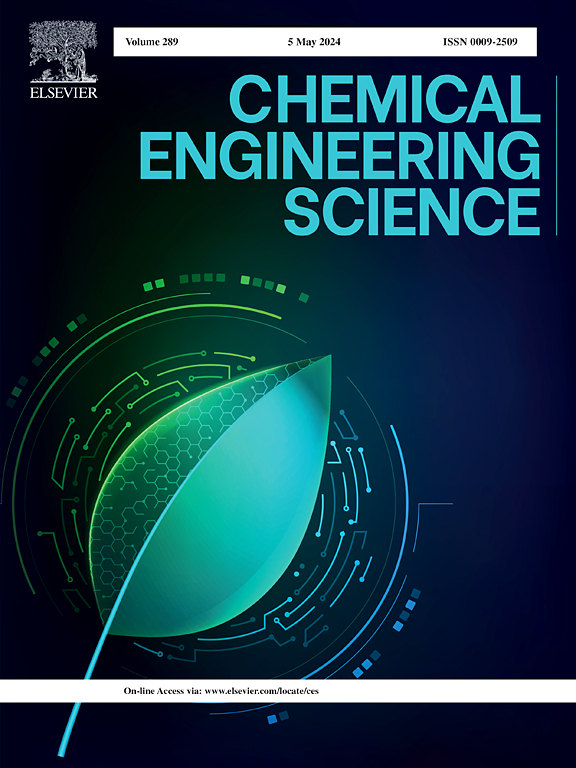探讨温度对亲水性的影响
IF 4.1
2区 工程技术
Q2 ENGINEERING, CHEMICAL
引用次数: 0
摘要
水溶性可以通过亲水性来增强,亲水分子(亲水分子)聚集在溶质周围,提高溶质的溶解度。为了解温度对丁香酸的亲水性的影响,测定了丁香酸在不同生物基亲水性水溶液中的溶解度。溶解度曲线使用高斯过程建模,高斯过程是一种强大的机器学习插值器。这允许对过量溶剂化性质进行热力学分析,并使用cosmos - rs模型进行补充。正如预期的那样,丁香酸的绝对溶解度随温度的升高而升高。然而,在低水相浓度下,这种增加不是由液相中的相互作用驱动的。因此,丁香酸的溶解度增强与温度无关。相反,在高水相浓度下,升高温度会显著降低溶质的溶解度增强。这些效应考虑了不同的增溶机制,即亲水性(低亲水性浓度)和共溶性(高亲水性浓度)。本文章由计算机程序翻译,如有差异,请以英文原文为准。
Exploring the role of temperature on hydrotropy
Aqueous solubility can be enhanced through hydrotropy, where an amphiphilic molecule (the hydrotrope) aggregates around the solute, boosting its solubility. To understand the impact of temperature on this phenomenon, the solubility of syringic acid was measured in aqueous solutions of different bio-based hydrotropes. Solubility curves were modelled using Gaussian processes, a powerful class of machine learning interpolators. This allowed for a thermodynamic analysis of excess solvation properties that was complemented using the COSMO-RS model.
As expected, the absolute solubility of syringic acid increased with temperature. However, at low hydrotrope concentrations, this increase was not driven by interactions in the liquid phase. Thus, the solubility enhancement of syringic acid was found to be independent of temperature. Conversely, at high hydrotrope concentrations, increasing the temperature significantly decreased the solubility enhancement of the solute. These effects were interpreted considering different solubilization mechanisms, namely hydrotropy (low hydrotrope concentrations) and co-solvency (high hydrotrope concentrations).
求助全文
通过发布文献求助,成功后即可免费获取论文全文。
去求助
来源期刊

Chemical Engineering Science
工程技术-工程:化工
CiteScore
7.50
自引率
8.50%
发文量
1025
审稿时长
50 days
期刊介绍:
Chemical engineering enables the transformation of natural resources and energy into useful products for society. It draws on and applies natural sciences, mathematics and economics, and has developed fundamental engineering science that underpins the discipline.
Chemical Engineering Science (CES) has been publishing papers on the fundamentals of chemical engineering since 1951. CES is the platform where the most significant advances in the discipline have ever since been published. Chemical Engineering Science has accompanied and sustained chemical engineering through its development into the vibrant and broad scientific discipline it is today.
 求助内容:
求助内容: 应助结果提醒方式:
应助结果提醒方式:


